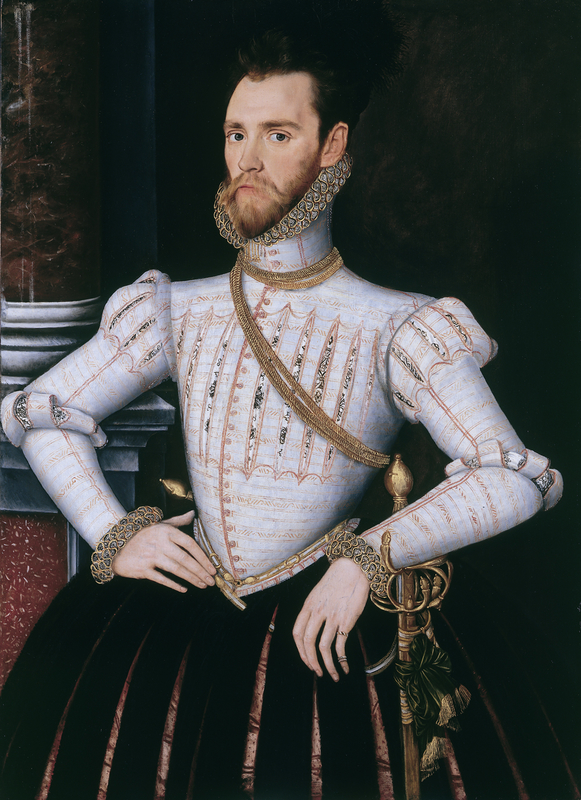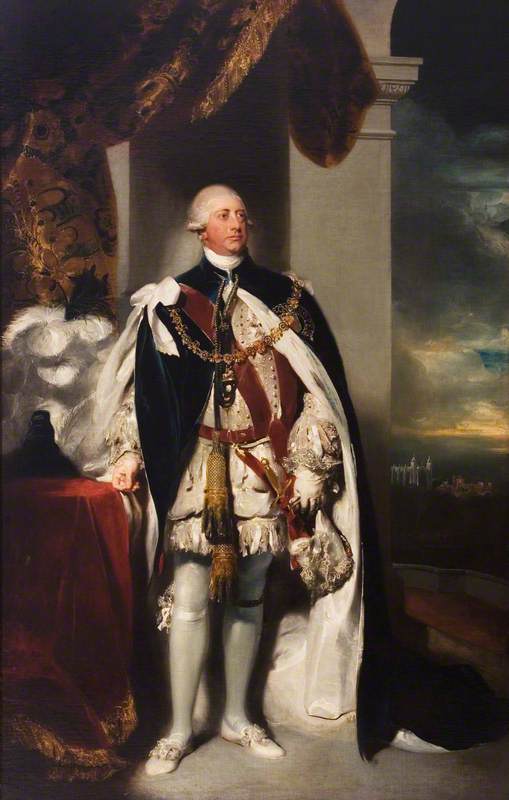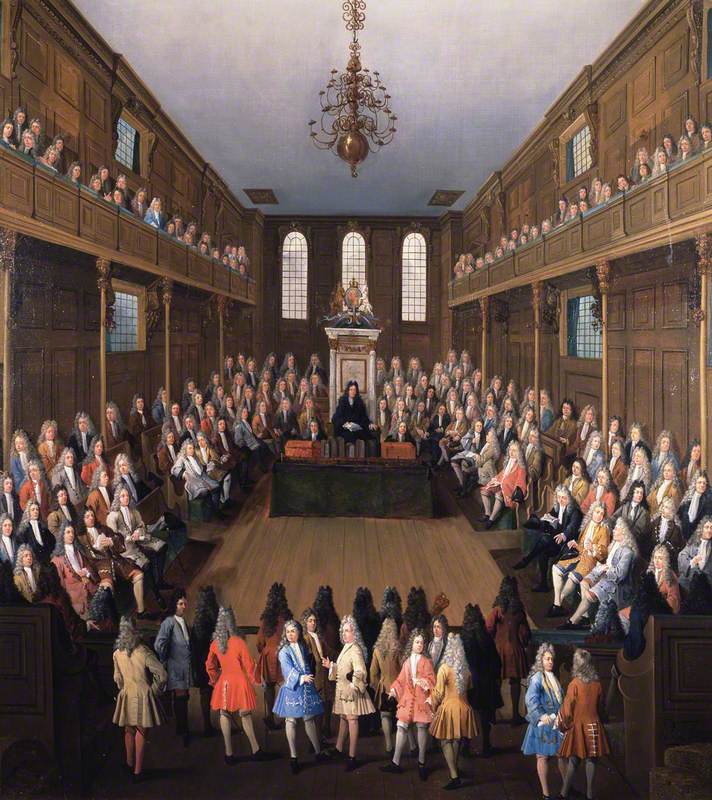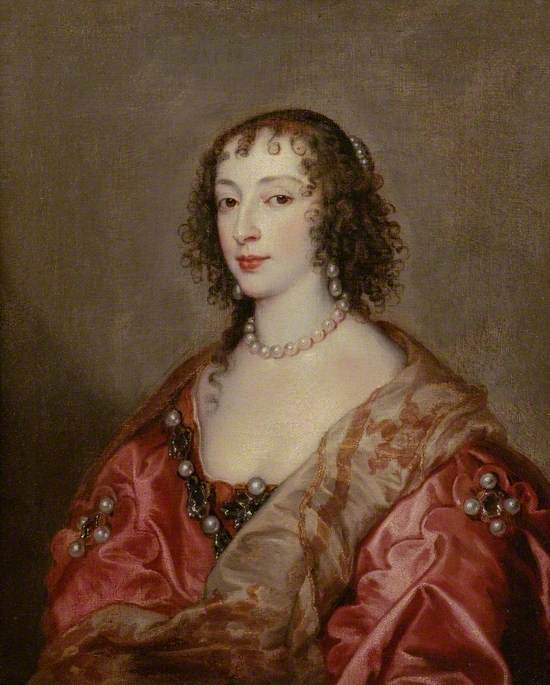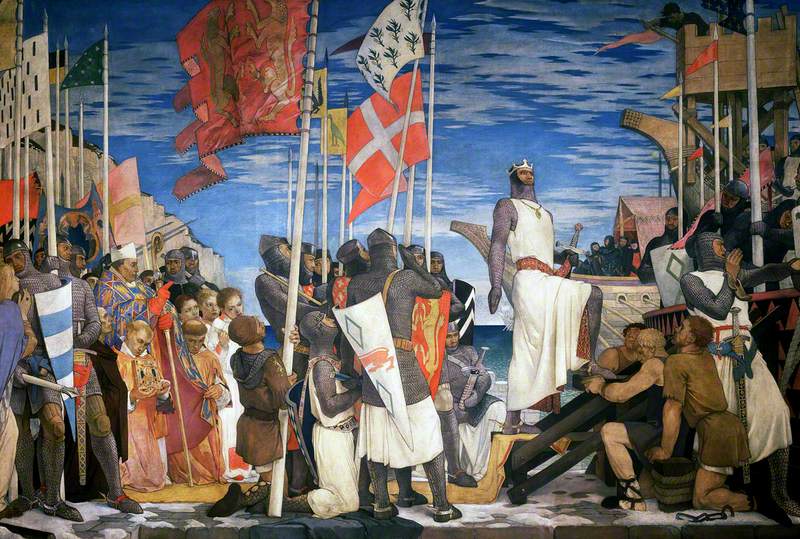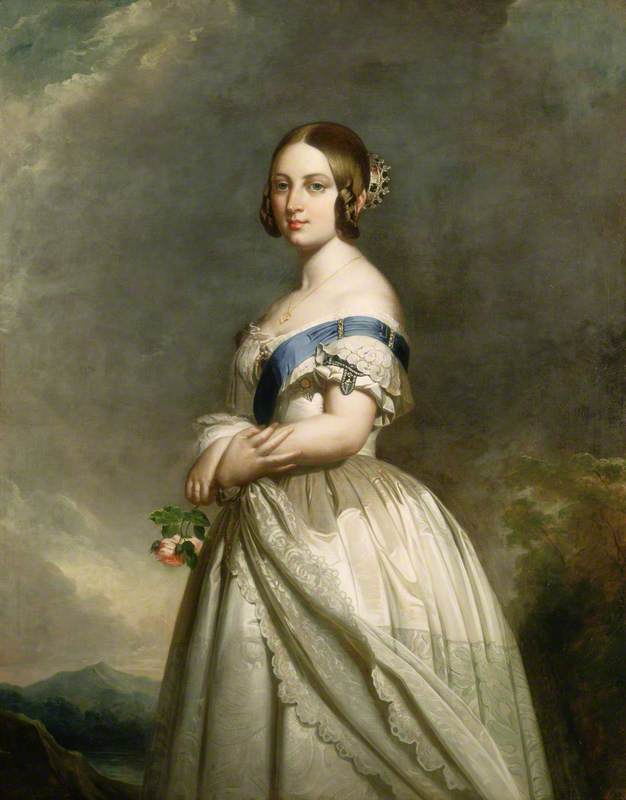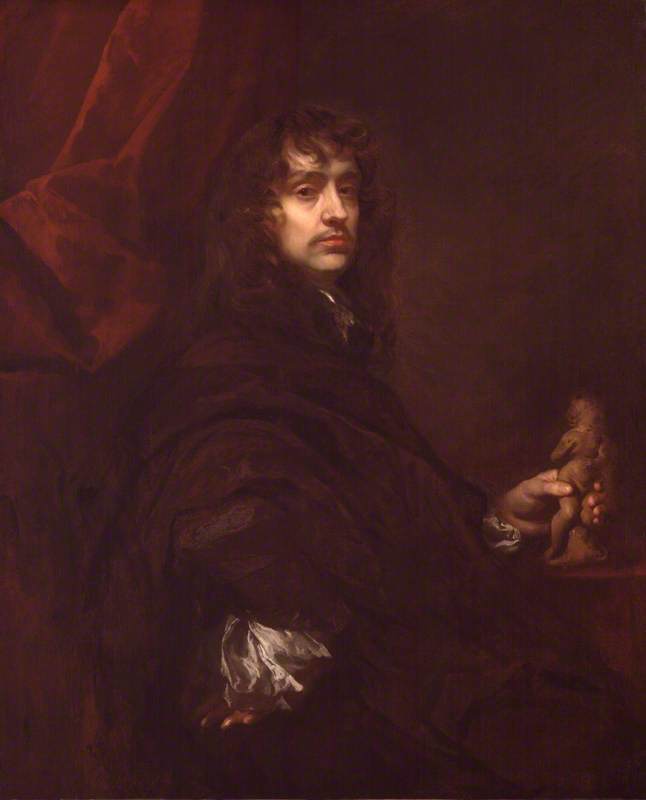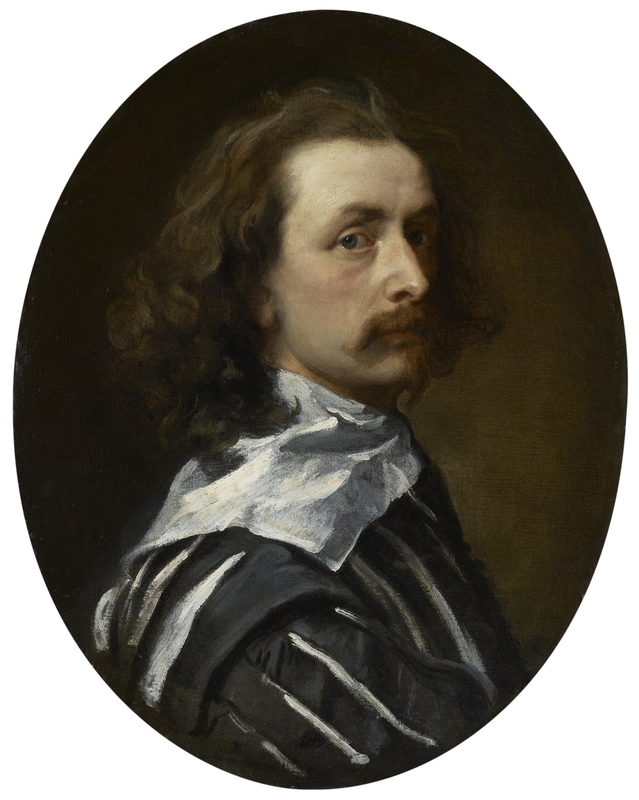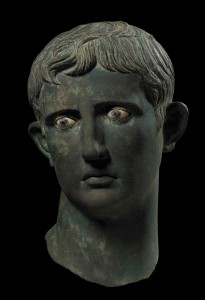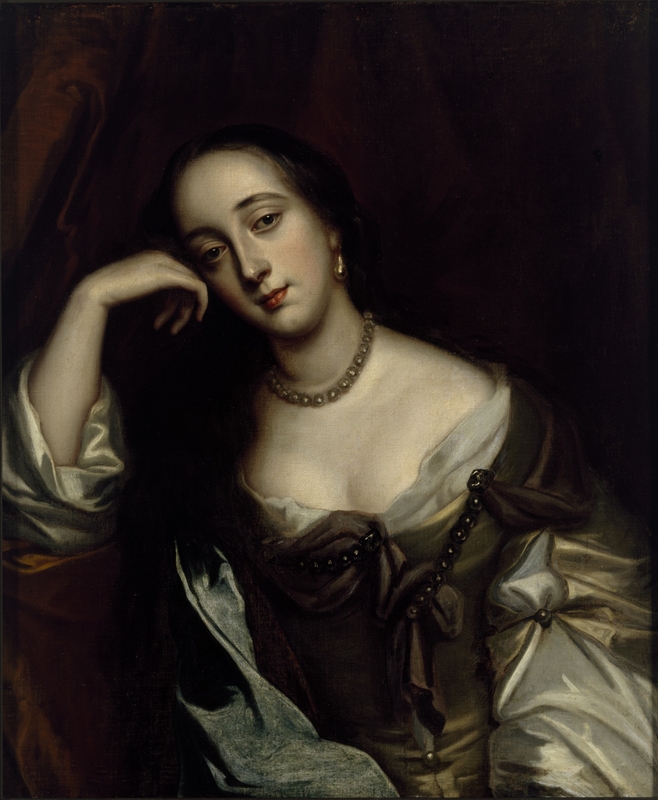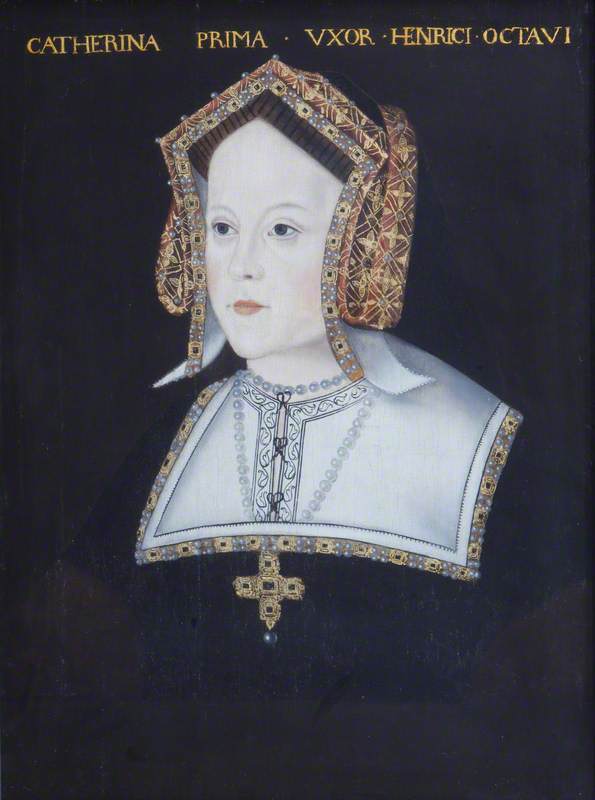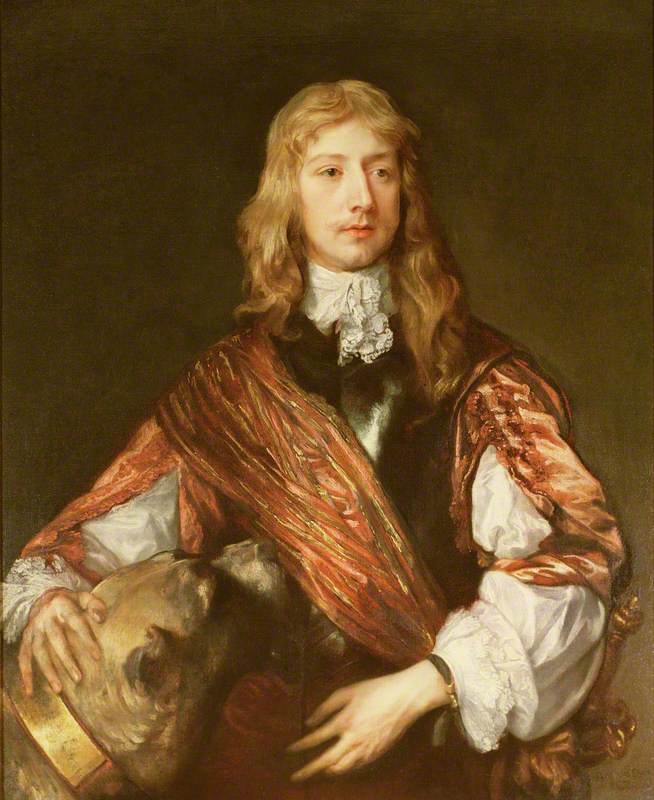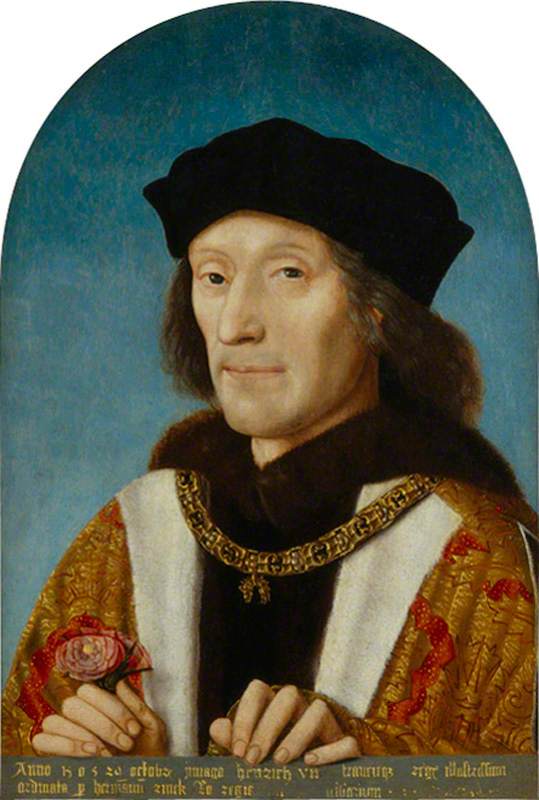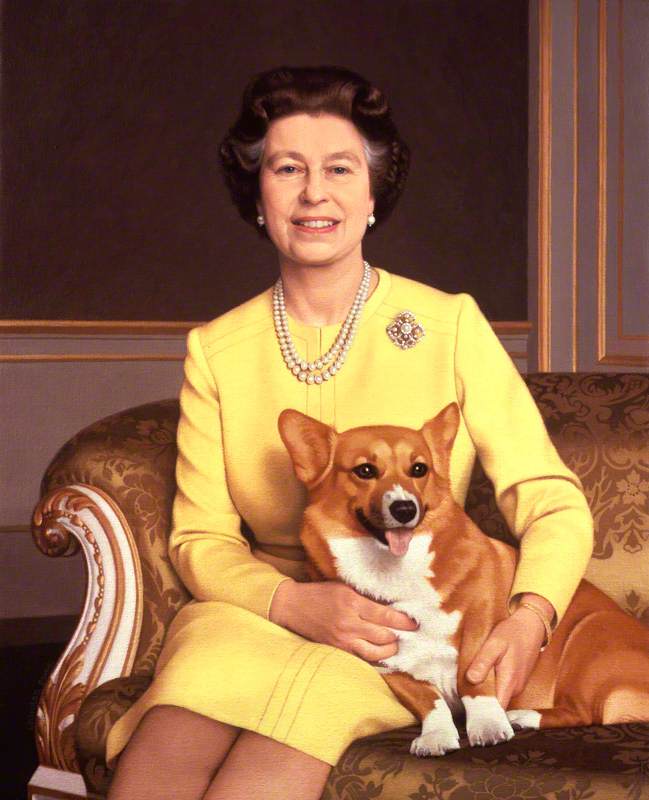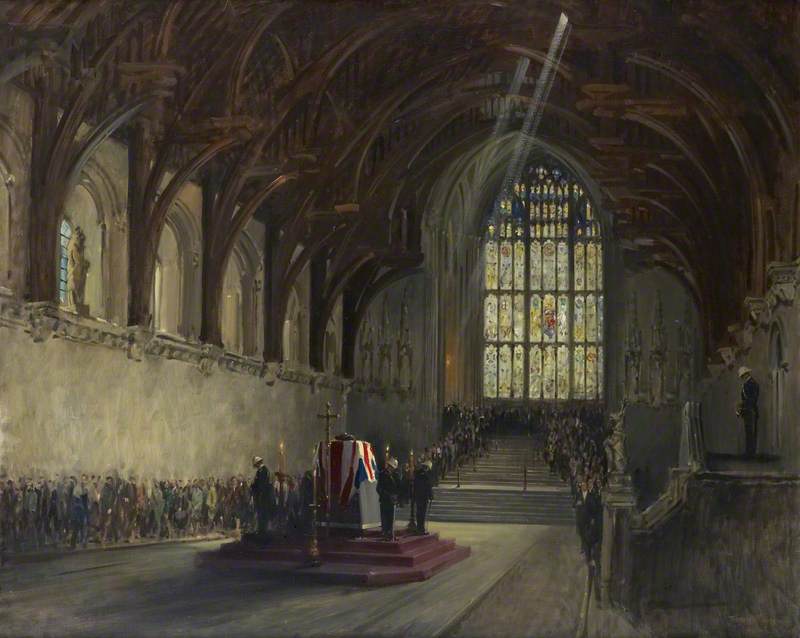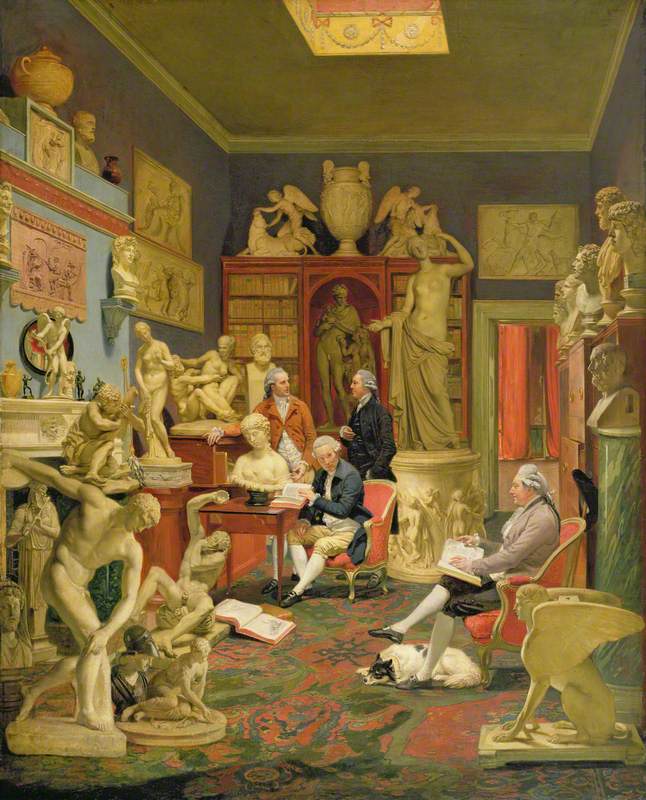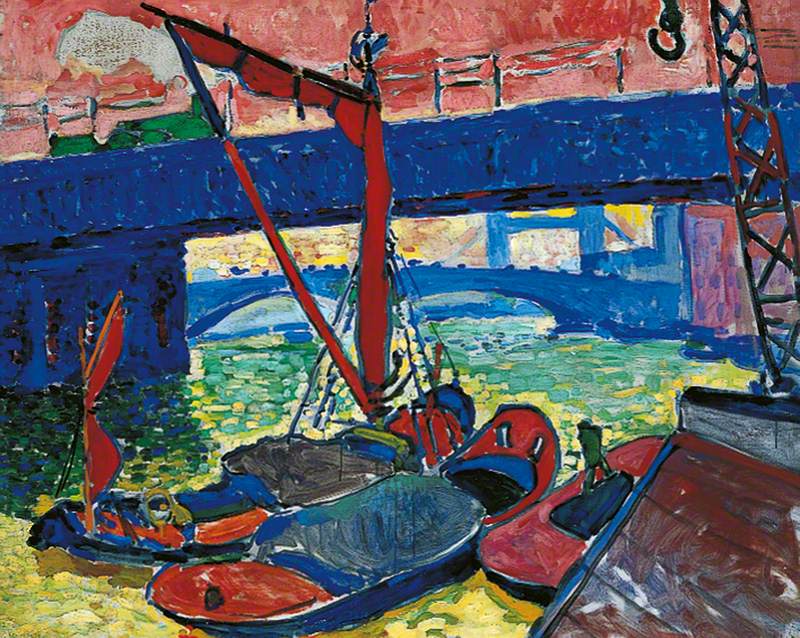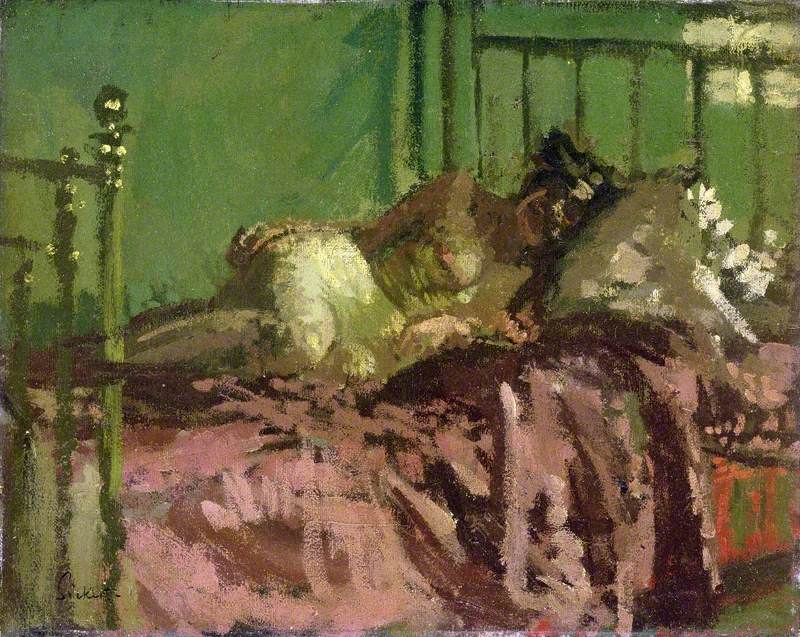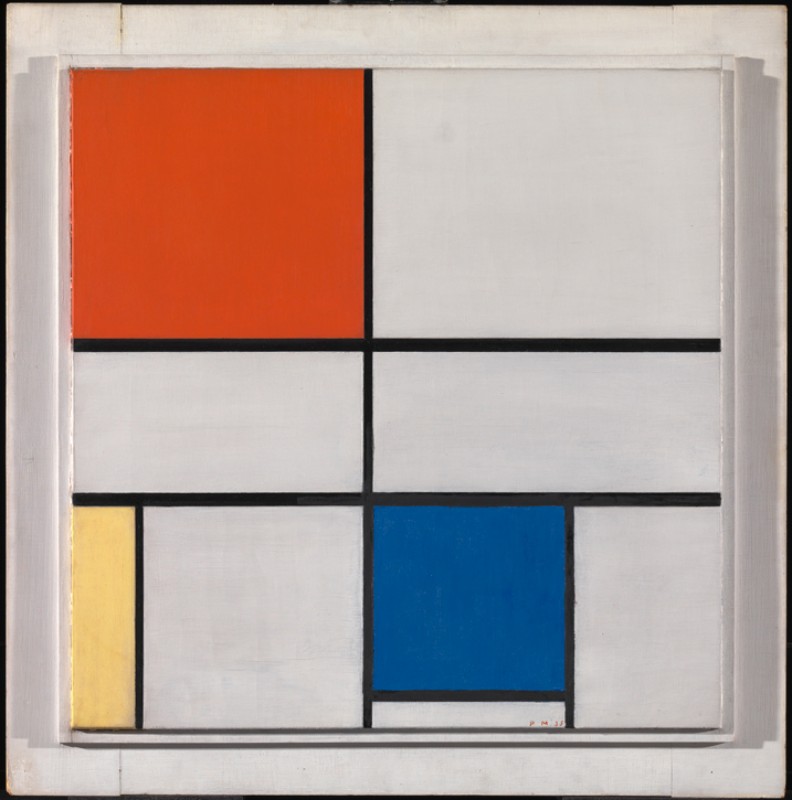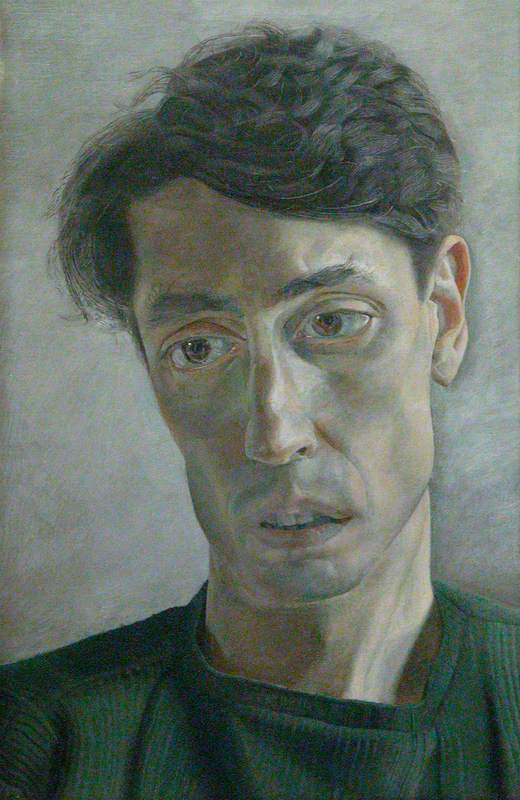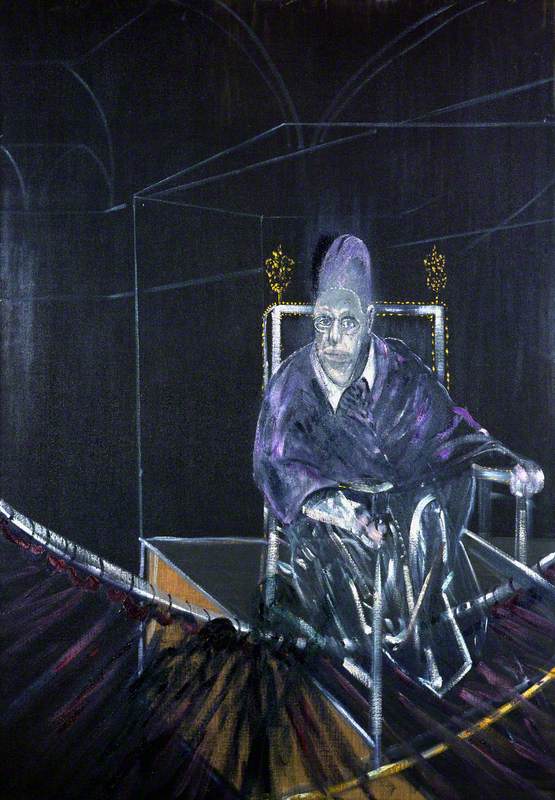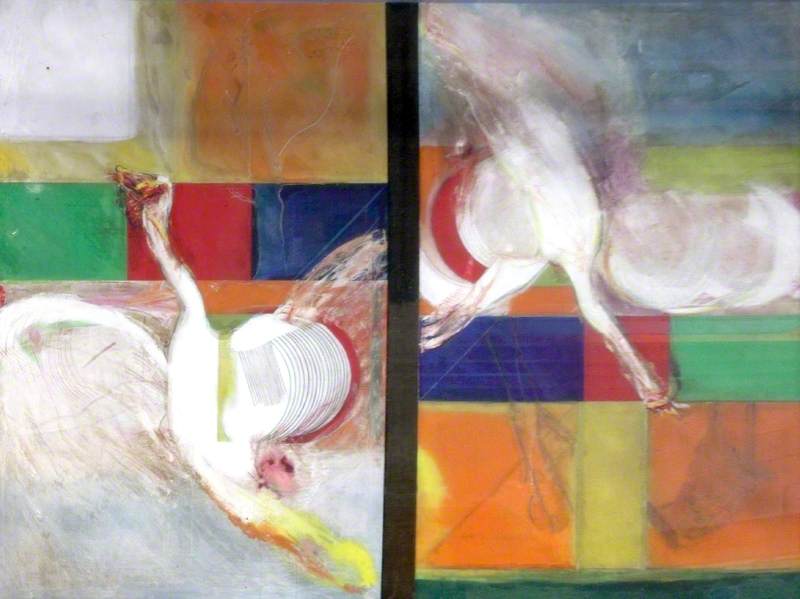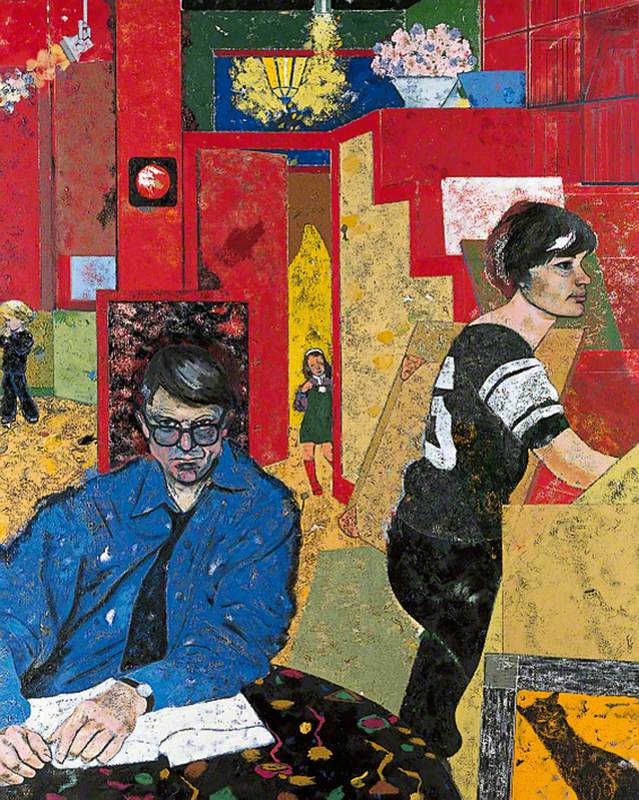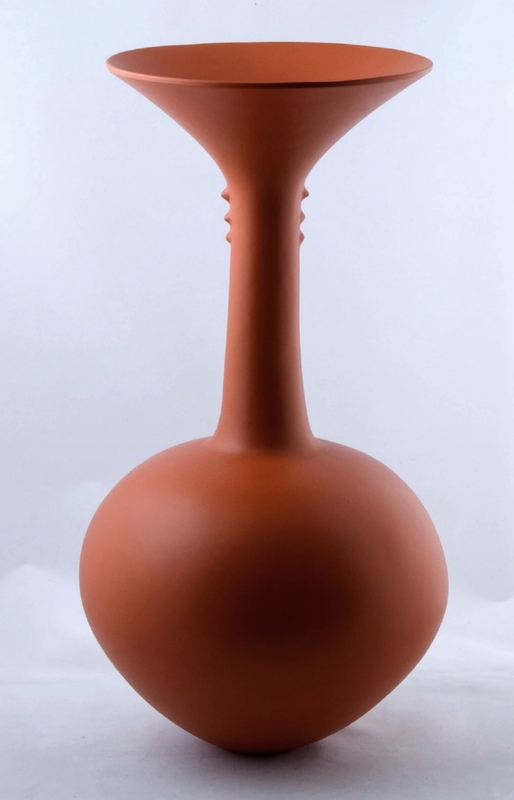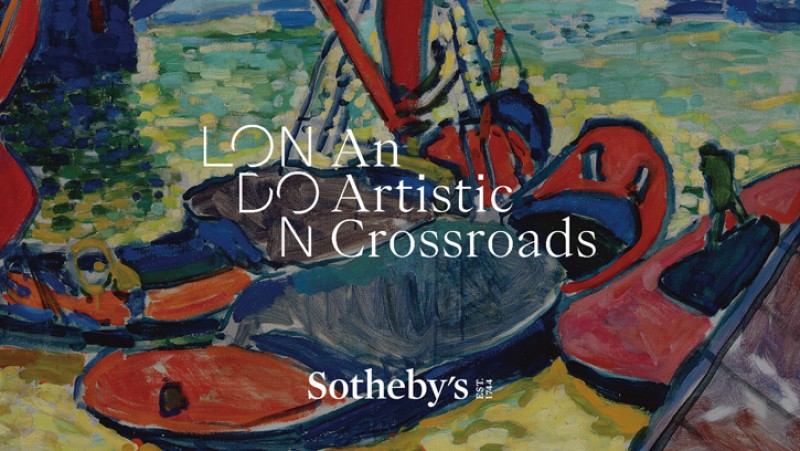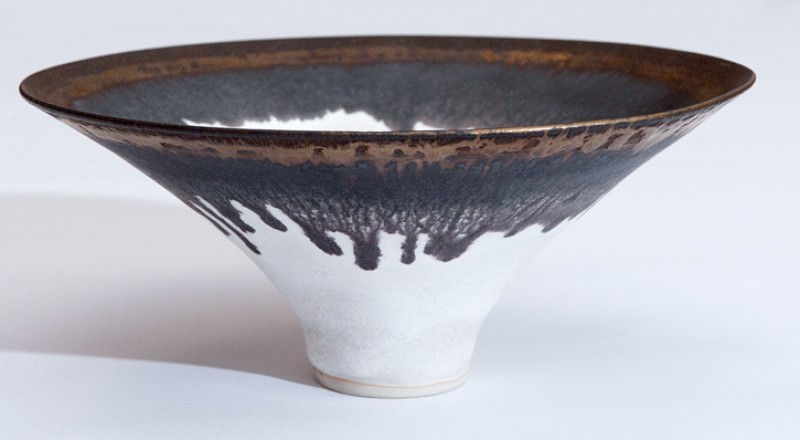Twelve UK museums come together with Art UK and Sotheby's to stage a month-long exhibition celebrating the UK's central role in the creative lives of leading international artists.
The free exhibition 'London: An Artistic Crossroads' is on display at Sotheby's New Bond Street Galleries from 25th May to 5th July 2024.
This almost disconcertingly vivacious portrait, which brings us face to face with a singularly bright and headstrong Jacobean lady, is one of the finest works painted by Marcus Gheeraerts the younger during the later years of his life.
Frances Howard (1578–1639), Duchess of Richmond and Lennox
c.1621
Marcus Gheeraerts the younger (1561/1562–1635/1636) 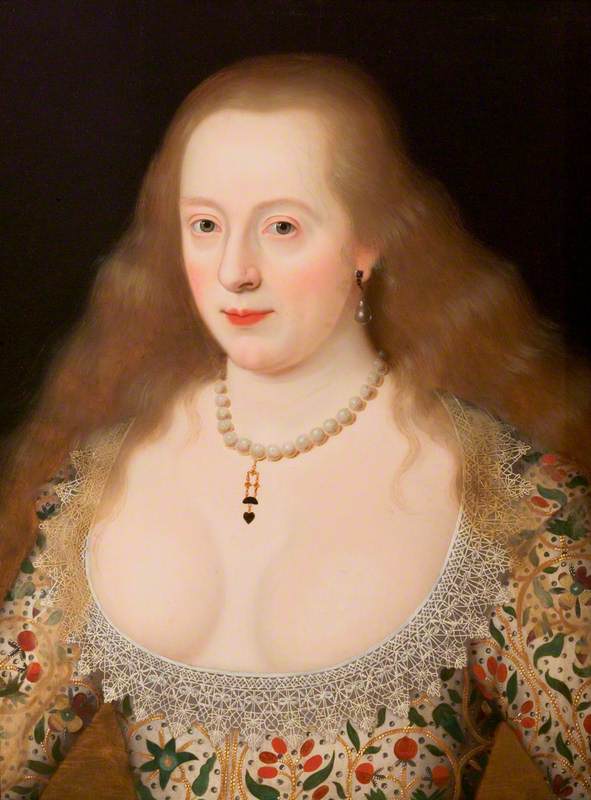
Like so many other artists who come to London from abroad, the painter had arrived as a refugee from war. His father, Marcus Gheeraerts the elder, was one among thousands of Flemish Protestants who had fled to England from the Habsburg Netherlands in the late 1560s, driven from their homeland by the Duke of Alva's campaigns of bloody persecution against those daring to defect from the Catholic faith. By 1568, both father and son were recorded as living in the London parish of St Mary Abchurch; Gheeraerts the Younger was six or seven years old at the time.
He most likely acquired his skills in the workshop of his father, who was himself an accomplished painter and engraver. By the early 1590s, the younger Gheeraerts had become one of the most sought-after portraitists in all of England, his fame sealed by that majestic but faintly terrifying picture of the Virgin Queen, Elizabeth I, standing astride a map of England, known as The Ditchley Portrait, now in the National Portrait Gallery.
Queen Elizabeth I ('The Ditchley portrait')
c.1592
Marcus Gheeraerts the younger (1561/1562–1635/1636) 
That picture prompted Sir Roy Strong's memorable pronouncement on the painter's contribution to the artistic traditions of his adopted homeland: 'Gheeraerts' success lay in his ability to subdue the bourgeois robustness of Flemish painting and fuse it with the melancholic, aristocratic, courtly fantasy of late Elizabethan England... Gheeraerts' supreme works... deserve to be ranked, along with some of Hilliard's portrait miniatures, as great masterpieces of early English painting.'
The present work departs from the hieratic formality of the painter's Elizabethan portraiture (although there is perhaps still a trace of playing-card stiffness about it) to present us with a woman who is very much alive, in body and spirit: a vibrant, flesh-and-blood presence with a bold and piercing gaze.
Frances Howard was in her early 40s when the picture was painted, twice married and twice widowed. Her first husband had been a wealthy vintner, her second a nobleman, the Earl of Hertford, 40 years her senior. She would wait only two months after the latter's death before marrying her third husband – the only one more or less her own age, and her favourite by far – Ludovick Stuart Duke of Lennox, who was created Duke of Richmond in 1623. It was rumoured that they had been lovers for years, and that he had often visited her 'in disguises' while she was still Countess of Hertford.
Frances Howard sat to Gheeraerts in the brief interim before her third and last wedding, which must have seemed to her like a new beginning. She is pledged already, as the jewellery she wears in the picture demonstrates: a pendant with a heart and half moon, symbols of the Lennox family, dangles from the band of pearls around her neck.
Despite her extensive marital experience, she presents herself as an artless novice in love, a virgin bride-to-be. She wears her hair loose, falling freely about her shoulders, and displays a plunging cleavage, barely contained by her bodice, in the style of unmarried ladies at the court of James VI and I. Her lace-trimmed dress evokes a spring meadow full of flowers.
The hopes enshrined in this tremblingly fresh portrait were not to be realised. The marriage it so sweetly anticipates was to be happy but brief, cut short by the Duke's death in 1624. The Duchess of Lennox and Richmond, 'the double duchess' as she was dubbed by court observers, was all but inconsolable, insisting that she would never marry again – unless, she added, the King of England himself were to ask her. Frances Howard was clearly a woman who liked to keep her options open. Of course, it never happened, but what a queen she would have made.
Andrew Graham-Dixon, art historian and broadcaster
The free exhibition 'London: An Artistic Crossroads' is on display at Sotheby's New Bond Street Galleries from 25th May to 5th July 2024
You can download the free exhibition tour within Art UK's guide on Bloomberg Connects
